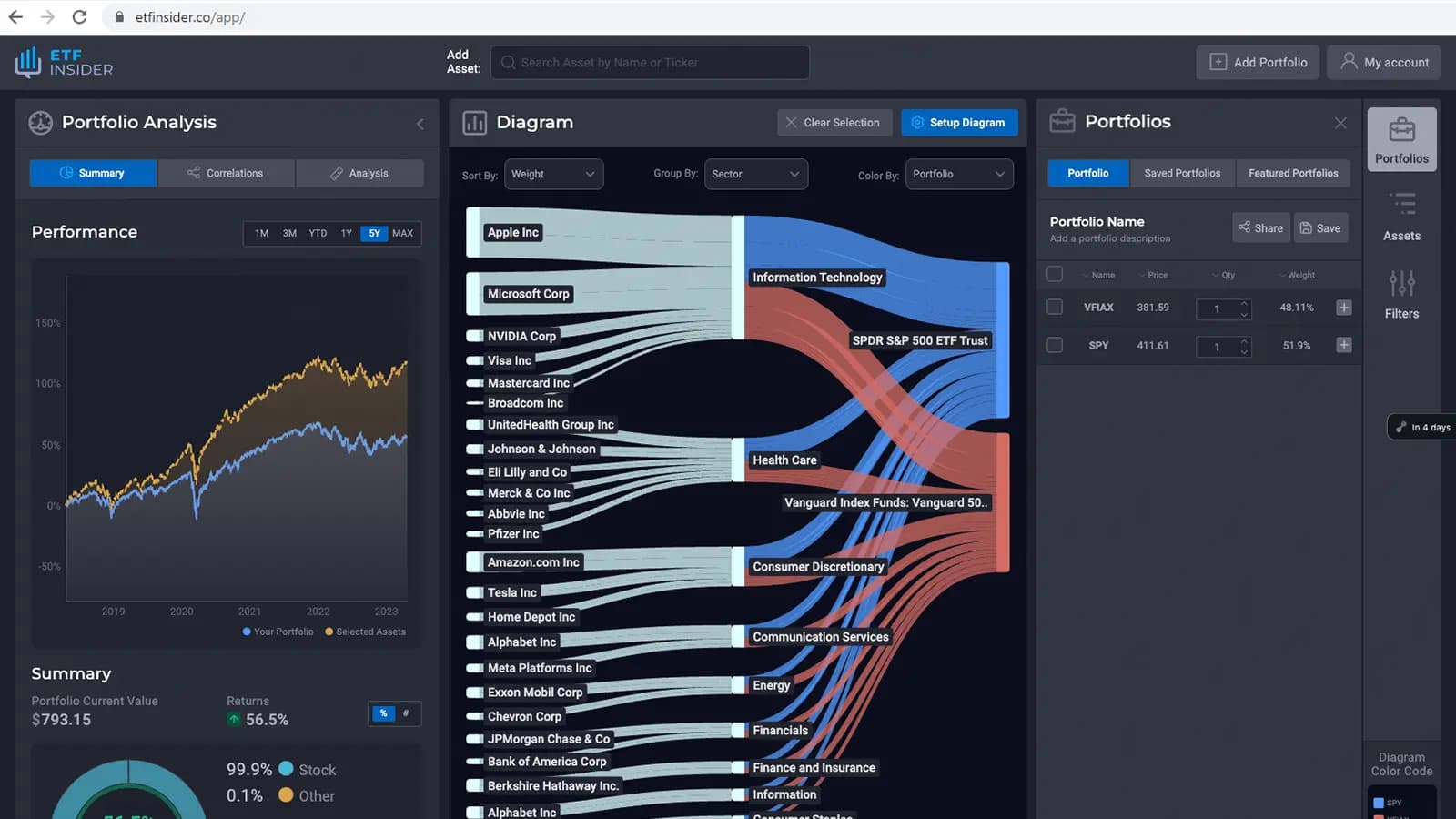
5 Key Differences between S&P 500 Mutual Funds and ETFs
When it comes to investing in the S&P 500 index (which is always one of the top investment options and widely tracked market indices), investors often find themselves choosing between two popular investment vehicles: Exchange-Traded Funds (ETFs) or Mutual Funds.
Yes, both options offer comparable exposure to the S&P 500, but there are noteworthy differences that you should consider before deciding which one is right for you. In this article, we'll dive into the five core differences between S&P 500 Mutual Funds and ETFs with the goal of helping you make an informed investment decision.
1. Liquidity and Trading
ETFs: Just like individual stocks, S&P 500 ETFs trade on stock exchanges throughout the trading day. Hence, this means you can buy or sell shares anytime during market hours, offering flexibility and liquidity.
Mutual Funds: On the other hand, S&P 500 mutual funds are only priced once a day at the end of the trading day. This means you can only buy or sell shares at their net asset value (NAV) after the market closes.
 VFIAX & SPY (ETF Insider web-app)
VFIAX & SPY (ETF Insider web-app)
2. Fees and Expense Ratio
ETFs: Generally, S&P 500 ETFs tend to have lower expense ratios than S&P 500 mutual funds. This is because ETFs are passively managed index trackers, which keeps costs relatively lower.
Mutual Funds: On the other hand, mutual funds, even those that are passively managed, may still have higher fees due to their structure, higher operational costs, and potential for active management (see #5).
3. Tax Efficiency
ETFs: Fundamentally, S&P 500 ETFs are typically more tax-efficient than S&P 500 mutual funds. This is because the ETF structure allows for the "in-kind creation" and redemption of shares, minimizing capital gains distributions.
Mutual Funds: Mutual funds, on the other hand, must distribute any realized capital gains to shareholders annually. Which generally increases the tax burden for investors holding shares in a taxable account such as a Roth IRA.
4. Minimum Investment
ETFs: S&P 500 ETFs have no minimum investment requirements beyond the cost of a single share, making them more accessible (and technically cheaper to own) to a broader range of investors.
Mutual Funds: On the other hand, S&P 500 mutual funds often have minimum investment requirements ranging from a few hundred to several thousand dollars, depending on the number of units required for you to subscribe.
5. Management Style
ETFs: Generally, S&P 500 ETFs are designed to track the index passively, providing a more straightforward performance relative to the index as well as minimal costs, as we discussed earlier.
Mutual Funds: While most S&P 500 ETFs and mutual funds are passively managed, there are more actively managed mutual funds (in terms of both total number and selection) than ETFs. Providing more choice, but remember that actively managed funds are generally more expensive, too.
Conclusion
In a nutshell, understanding the key differences between S&P 500 Mutual Funds and ETFs is critical in making the right investment decision for your long-term investment goals. Although, fundamentally, both options offer exposure to the S&P 500 index, these five key differences must be carefully considered before making your choice between the two.
Thankfully, sophisticated portfolio management tools, such as ETF Insider, allow you to view any ETF and mutual funds that interest you. Moreover, you can see the real-time composition of such funds, allowing you to determine and avoid a possible overlap or overexposure and ensure your portfolio is optimally diversified.
Get started